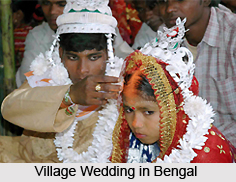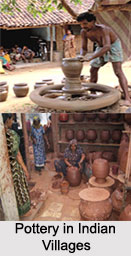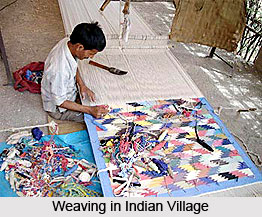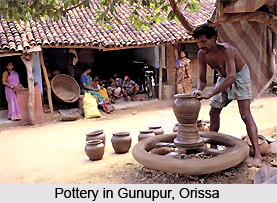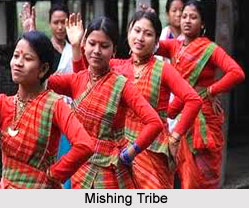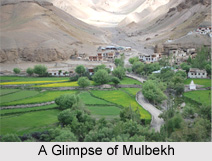 Mulbekh is an ancient village nestled in Leh, Ladakh, India. It is situated at a distance of around forty-five km from Kargil towards Leh. It is known for its nine meter long Maitreya Buddha statue and the silver colored palace locally called Mul-dok-Khar. Mulbekh is the last place where one will find Buddhist inhabitants; past this village one will find Muslim Purki residents around the border of the Kargil. The village is scattered around the river banks of Warkha and is filled with poplars and orchards of walnut and apricot trees.
Mulbekh is an ancient village nestled in Leh, Ladakh, India. It is situated at a distance of around forty-five km from Kargil towards Leh. It is known for its nine meter long Maitreya Buddha statue and the silver colored palace locally called Mul-dok-Khar. Mulbekh is the last place where one will find Buddhist inhabitants; past this village one will find Muslim Purki residents around the border of the Kargil. The village is scattered around the river banks of Warkha and is filled with poplars and orchards of walnut and apricot trees.
Historical Significance of Mulbekh
In the previous years, a settlement place of Zangla kingdom of western Ladakh saw the inhabitation of the oust monarchs, king Nyima Norbu Namgyal Dey and his Queen, Tashi Deskit Angmo, who resided over here in the decaying four storey mansion on the western outskirts of the village.
Tourism of Mulbekh
Mulbekh is renowned for the giant Maitreya Buddha statue. People catch up tea from the roadside dhabas just to have a glance over the nine-meter-high Maitreya`s colossal statue carved from a massive rock. The precise origin of the Buddha is not known but in the ancient inscriptions it is mentioned that it was built between the seventh and eighth century, fully before the origin of Buddhism in Tibet. The single-chambered gompa in front of the statue that is decorated with beautiful murals is dedicated to the thousand armed Chenrazig (Avalokiteshvara).
The other motivation that will tempt the travelers to stay is the village`s gompa`s clinging over the top of the smooth 200-metre rock that is 1km to the west of the Chamba statue. A sheer flight of steps leads to the whitewashed temples of Kargyupa and Gelug-pa, each of the temples is alone preserved by a caretaker monk. These temples do not shelter any great treasures but the views from their Wakha valley are simply amazing and the climb made is worthwhile. At a distance of 2.5km east of the Chamba statue, on the road to Leh lays the small Gelug-Pa nunnery of Jangchup Choeling that was founded in 1987, which has a school and pleasant garden courtyard.
